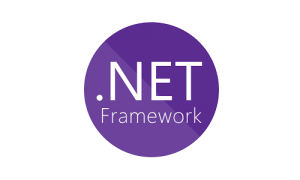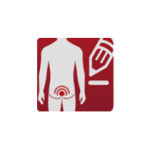Case History Project Oactive
Desktop application for Windows operating systems made with C# .Net technology. The offer includes the creation of an interface for the configuration, management and monitoring of 8 control units used for recording data in the medical field. The OActive project intends to make a significant leap forward by adopting a multi-scale holistic analysis in which specific patient information from various levels, including biochemical/inflammatory biomarkers, cells, tissues and the whole body, will be integrated and combined with information from other sources such as environmental, behavioural and social risk factors to generate valuable predictors of new personalized interventions to delay the onset and / or slow the progression of OA.
OActive aims to predict and perform patient-specific OA interventions using a combination of mechanical computational models, simulations and big data analysis. Once built, these models will be used to simulate and predict optimal treatments, better diagnostics and better results for the patient, overcoming the limitation of current treatment interventions, the enhanced Augmented Reality (AR) interventions will be developed in a personalized framework that will allow patients to experience the treatment as more enjoyable, resulting in greater motivation, involvement and adherence to training. The AR element will also be useful for therapists to validate patients’ progress and enable them to receive more adaptable rehabilitation therapy in terms of flexible interactive content.
ACTIVITIES CARRIED OUT (SOFTWARE)
TECHNICAL SHEET
TECHNOLOGIES USED
The Desktop application for Windows operating systems realized with C#.Net technology.
![]()



